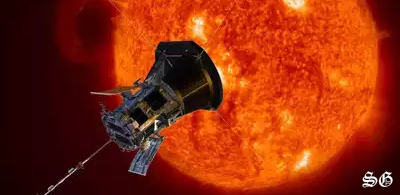Table of Contents

Parker Solar Probe Makes History by Entering the Sun Corona
A Historic Milestone
NASA’s Parker Solar Probe achieved a significant breakthrough by flying into the Sun’s outer atmosphere, known as the corona. This marks the closest approach any human-made object has ever made to a star.
Close Encounter with the Sun
The spacecraft was on course to fly 3.8 million miles (6.1 million km) from the Sun’s surface on Tuesday at 6:53 a.m. EST (1153 GMT). Mission operators will confirm its status on Friday, as the spacecraft remains out of contact during its closest approach.
Extreme Conditions and High Speeds
Traveling at speeds up to 430,000 mph (692,000 kph), Parker Solar Probe endures temperatures as high as 1,800°F (982°C). Its specially designed heat shield allows it to withstand these extreme conditions while collecting data.

Contribution to Scientific Discovery
One of the probe’s instruments captured visible light from Venus, providing scientists with a new method to study the planet’s surface through its dense cloud cover.
Advancing Our Understanding of the Sun
This mission is a significant step in exploring the Sun and its behavior. The data collected will help scientists better understand our closest star, improving knowledge of solar dynamics and its influence on the solar system.